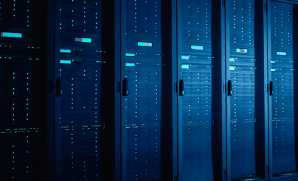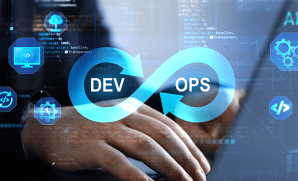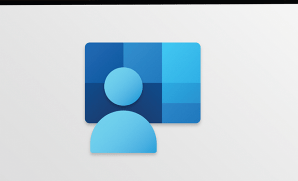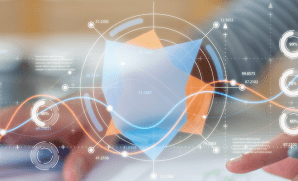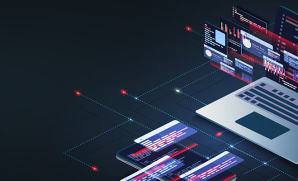Legacy IT will not suffice in the age of remote digital working.
A decade ago, a great workplace was one that offered the comfort of a well-padded chair, a spacious cubicle, and a computer with on-demand IT support. Rapidly evolving technologies and a host of external forces today, however, have morphed a comfortable workplace into our homes, a coffee shop or the park – wherever you can be the most productive.
After a global pandemic has put most of the organization’s business continuity plans to the test, physical offices have closed, and rigid work-from-home policies have been enforced, maintaining the same level of productivity has proved to be tricky. IT admins are struggling to address the most fundamental needs of their organizations remotely and help employees be productive during these times. With distributed teams, reinvented business models, and security complexities, the modern workplace is going some lightning-speed changes.
This blog will dive into how Microsoft’s suite/ bundle of cloud solutions can empower your organization to be smart, smooth, and intelligent. Before that, let’s understand the challenges traditional IT faces in light of the world’s largest work-from-home experiment.
Remote working was very rare and a special arrangement for select employees and cases a decade ago. However, technology and teleconferencing have advanced to a point where businesses can thrive with entire remote teams – only if they can overcome the following challenges:
- Poor collaboration and communication: disparate channels being used to exchange information leading to a lack of visibility, governance, security, and misunderstandings
- High IT dependency: both employees and IT teams spend valuable time and effort on trivial support issues such as resetting passwords or adding users to the system
- Lack of flexibility in software contracts and licenses: external software vendors unwilling to adapt to tailor as per your business needs
- Siloed processes and systems: lack of common data processes or integrated applications and APIs to help leverage all business data in a single place
- Siloed data: decision lags due to siloed data resulting in lack of insights and trust in data, unnecessary time spent on extraction and reconciliation of data
- Shackled to certain devices: legacy systems that are incompatible or cannot be accessed via mobile devices expose the business to security risks, inhibit efficiency and constrain the user
The goal of a modern workplace is to get rid of the following challenges (on the left) and replace them with the freedoms (on the right):
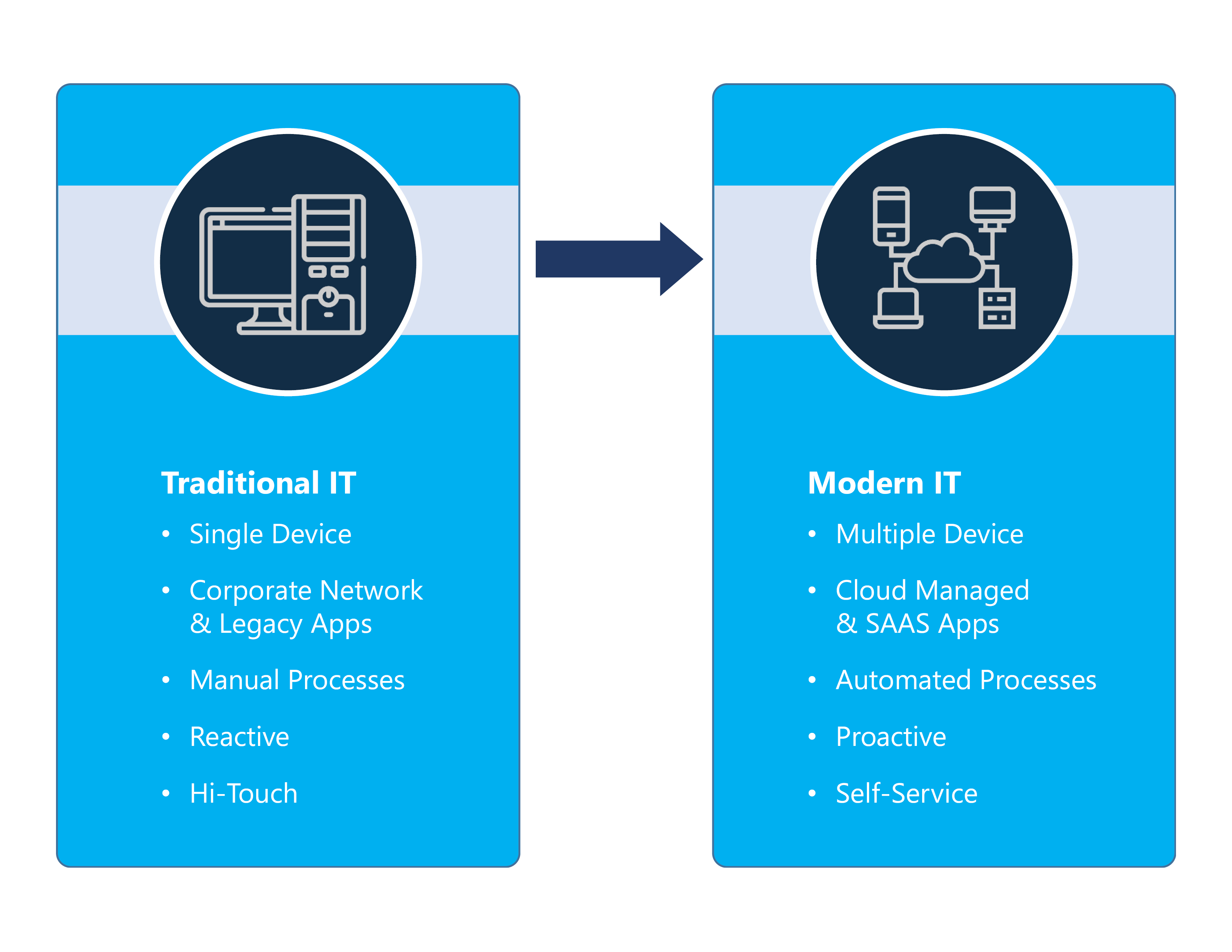
Now let’s contrast this to a modern workplace and understand how Microsoft’s Modern Workplace solution solves these issues achieves those freedoms.
The modern workplace: Ubiquitous collaboration without compromise
Our physical locations have increasingly become less important to the outcome of work. A modern workplace, therefore, is one that allows employees to securely work as an individual, as teams, from anywhere, with whomever and achieve whatever. There is a high premium on the quality of work that enriches employee experience through seamless communication and collaboration.
Microsoft’s Modern Workplace is an integrated and frictionless ecosystem of digital tools and systems which distill the benefits above for an organization’s workforce, represented below:
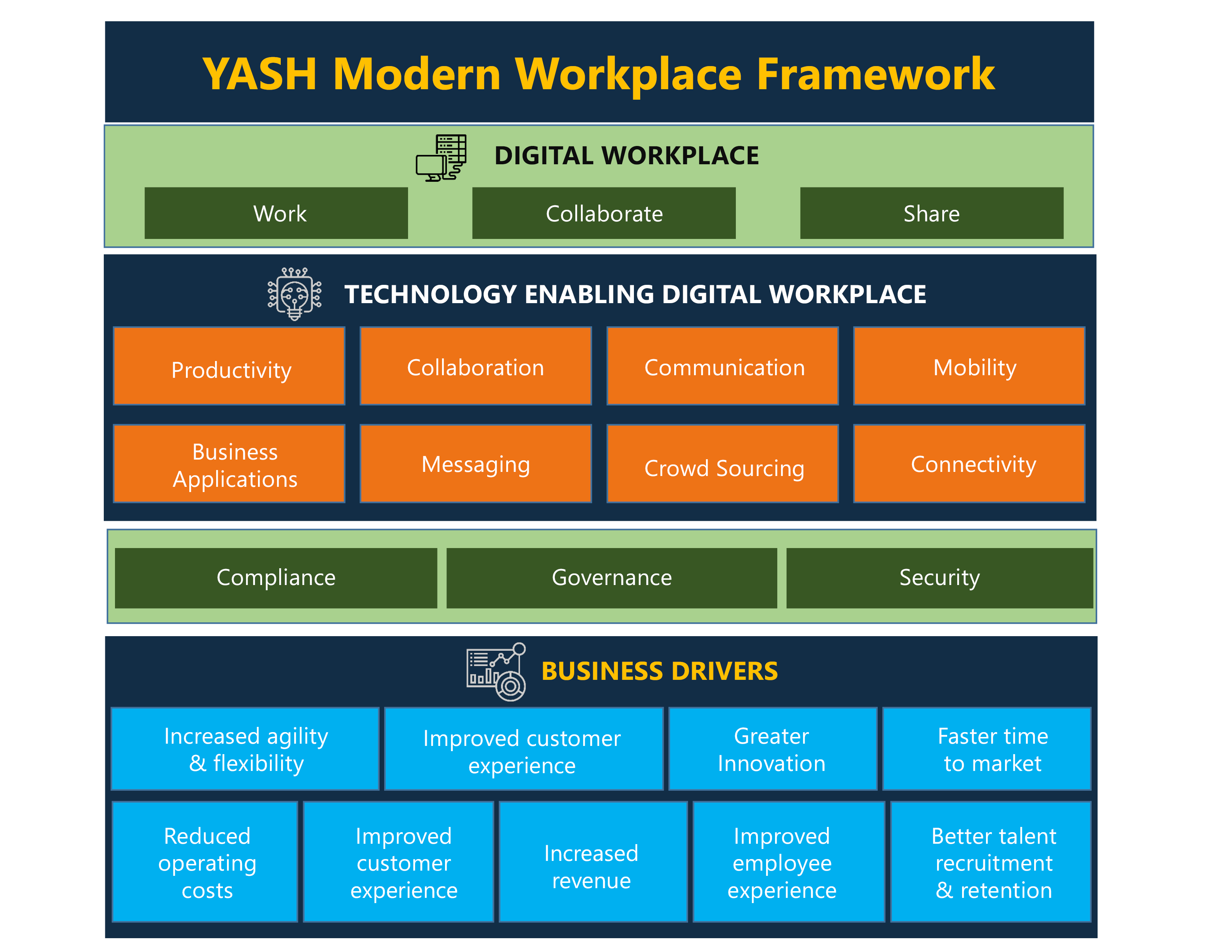
Microsoft Teams, in particular, offers a platform for ubiquitous collaboration, incontinent communication, and high-quality projects and meetings. The following benefits can be achieved through the effective integration of Microsoft Teams and the rest of Microsoft’s suite of cloud-based solutions :
- Fully integrated: Microsoft Teams is easy to integrate with Office 365 (now Microsoft 365) productivity tools that allow users to interact with each other through calendars, notes, files, attachments, and well-known tools such an Outlook, Word, PowerPoint, Excel, Planner and more.
- Collaborative: Gone are the days when work used to get done by sharing, working, and resharing documents. Teams users can collaborate, review, and edit documents in real-time – a key time-saver and valuable for effective teamwork.
- Customized workspaces: Each project demands different tools, and Teams enables users to integrate the platform with third-party and external services to customize workspaces. Fresh, for example, is an intuitive, agile, and scalable digital workspace that allows users to access everything in one place.
- Real-time business intelligence: Use of advanced data visualization tools like Power BI to get complete and unified visibility of data in real-time. With accurate insights and forecasting, decision-makers can quickly be on the same page for approvals, next steps, and roadmaps.
- Uncompromised security: User permissions enable strict filters around who can access certain data or applications. And as everything is on the cloud, updates and patches are automatic, offering peace of mind.
How does YASH leverage the Modern Workplace for enterprises?
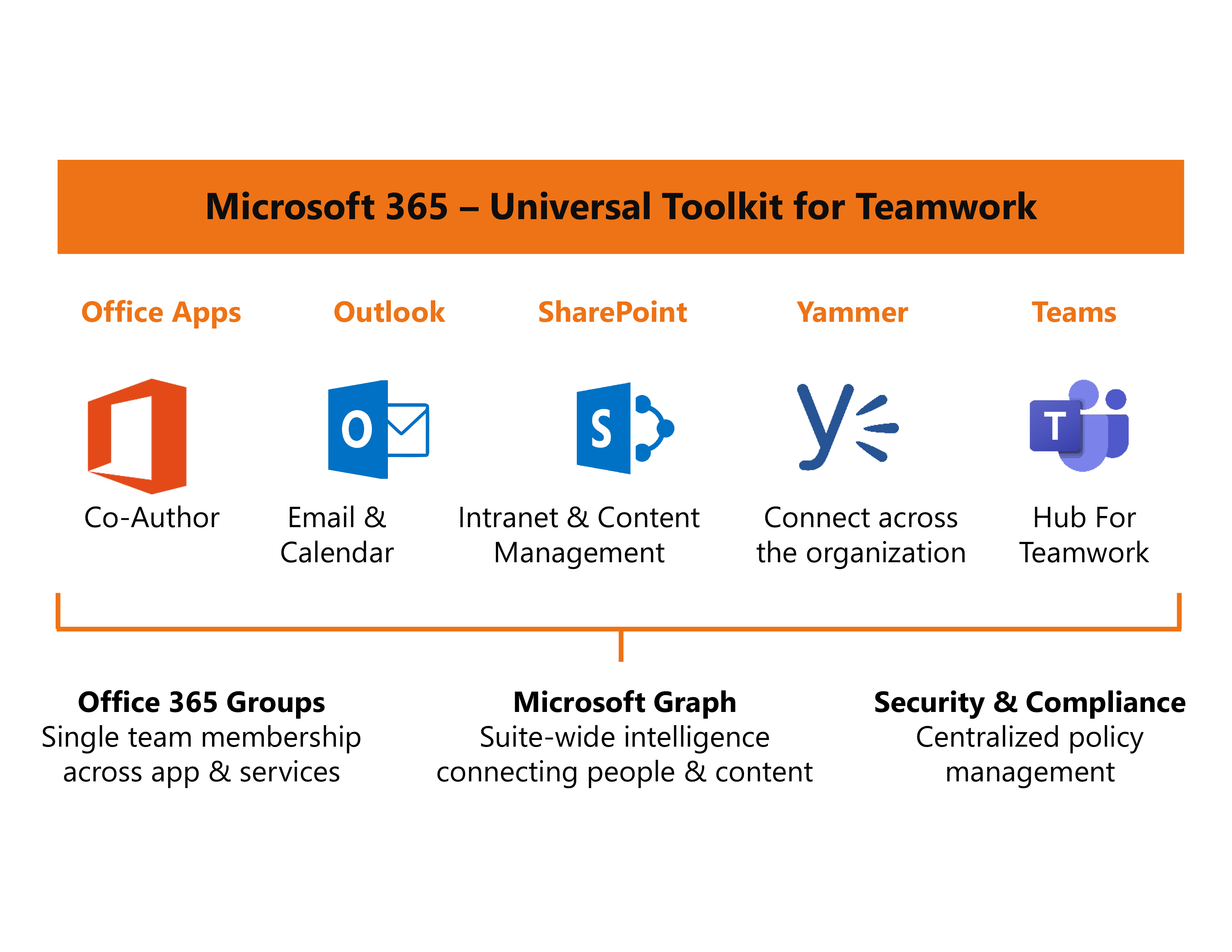
Even when high-level teams are adopting modern tools, three scenarios create roadblocks for an efficient modern workplace IT.
- Scenario 1: workforce using multiple third-party tools, but no Teams for collaboration
- Scenario 2: Teams adopted but without governance and compliance processes in place
- Scenario 3: Teams license present, yet unused given the preference for third party tools for collaboration
Despite an entire suite of tools, not having a clear understanding of configurations, usage monitoring, effective governance plan, and defined team structure policies in place, the benefits mentioned before and maximized ROI cannot be derived successfully. Before there was a forceful need for remote working technologies, YASH Technologies, a certified Microsoft partner, has helped more than 100 customers with the following offerings:
- Easy migration on-prem mailbox (Exchange) to Office 365 Exchange Online
- Migration and modernization from on-Prem SharePoint and workflows to SharePoint Online
- Modernized InfoPath and designer/K2/Nintex workflows into Microsoft Power Platform
- Machine learning, AI and ability to build chatbots in corporate intranet portals so users can find the right information and generate data analytics on top of it using Power BI
- Ability to develop “responsive” and tailored web apps and PowerApps within O365 suite of products
- Enabled organizational governance and compliance on Microsoft Teams
- Quick roll-out of Teams and ensured user adoption and engagement best practices for usage of audio & video conferencing functionalities across dispersed users
- Development of native Microsoft Teams app and integrating with other ERP systems using Graph API and build native bots in Teams platform
- Modernization of legacy Project Management tools to Office 365 using technologies like MSPO, Teams, Planner, SharePoint, Yammer, Power BI
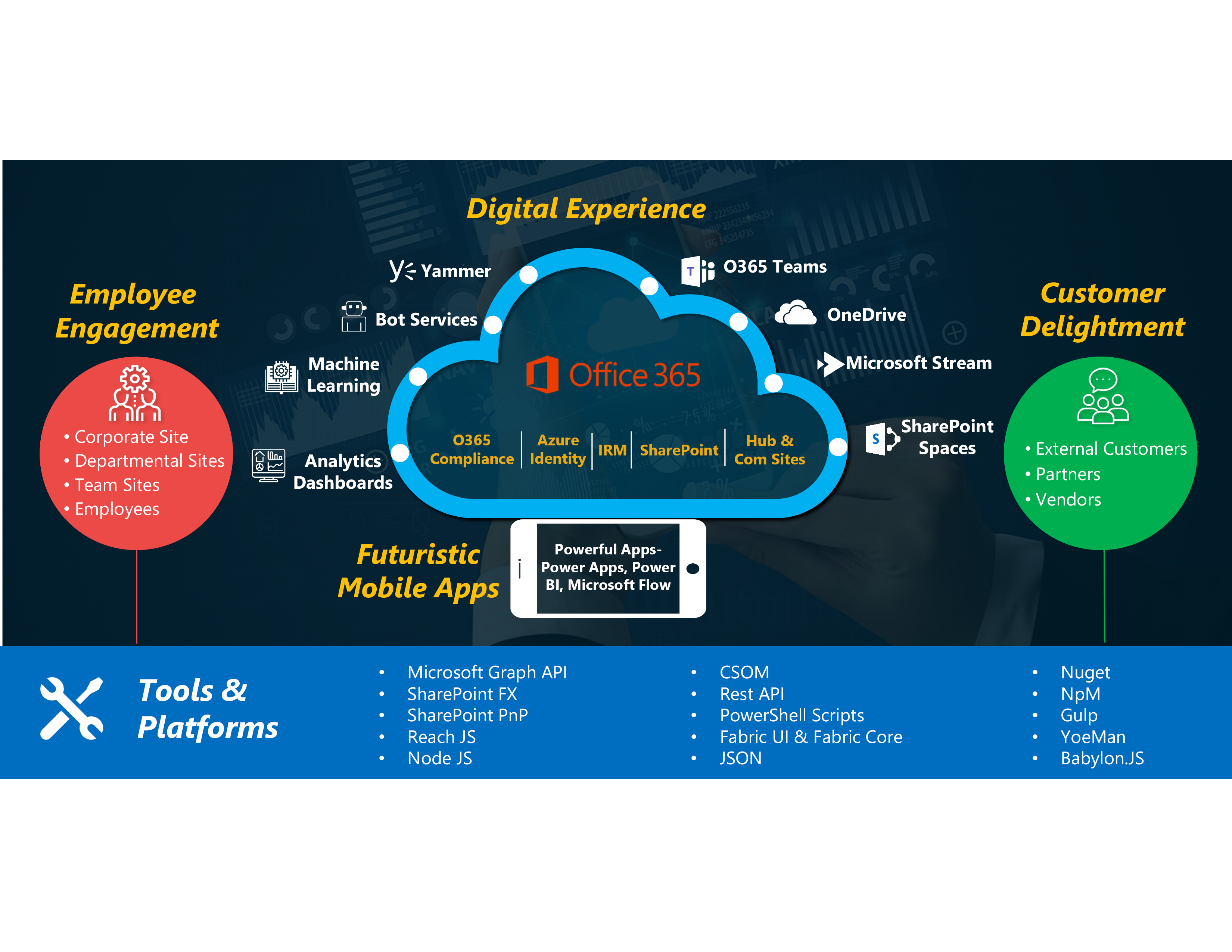
Work, collaborate, and share – anytime, any device, any time – without downtime.
At a time when your bedroom doubles as an office, it’s safe to say that digital is the new workplace now. Under the circumstances, a right set of connected tools must support employees to encourage engagement, productivity, and collaboration.
YASH can help you not only reduce operational costs without disrupting bottom lines, ensuring business continuity of mission-critical apps, but also with a 360-degree view for complete workforce governance, transparency, and trust.
In the next blog, we will dive deeper into how Microsoft Modern Workplace ensures governance and security compliance for critical business applications. To know more about our Microsoft offerings, follow the link.








